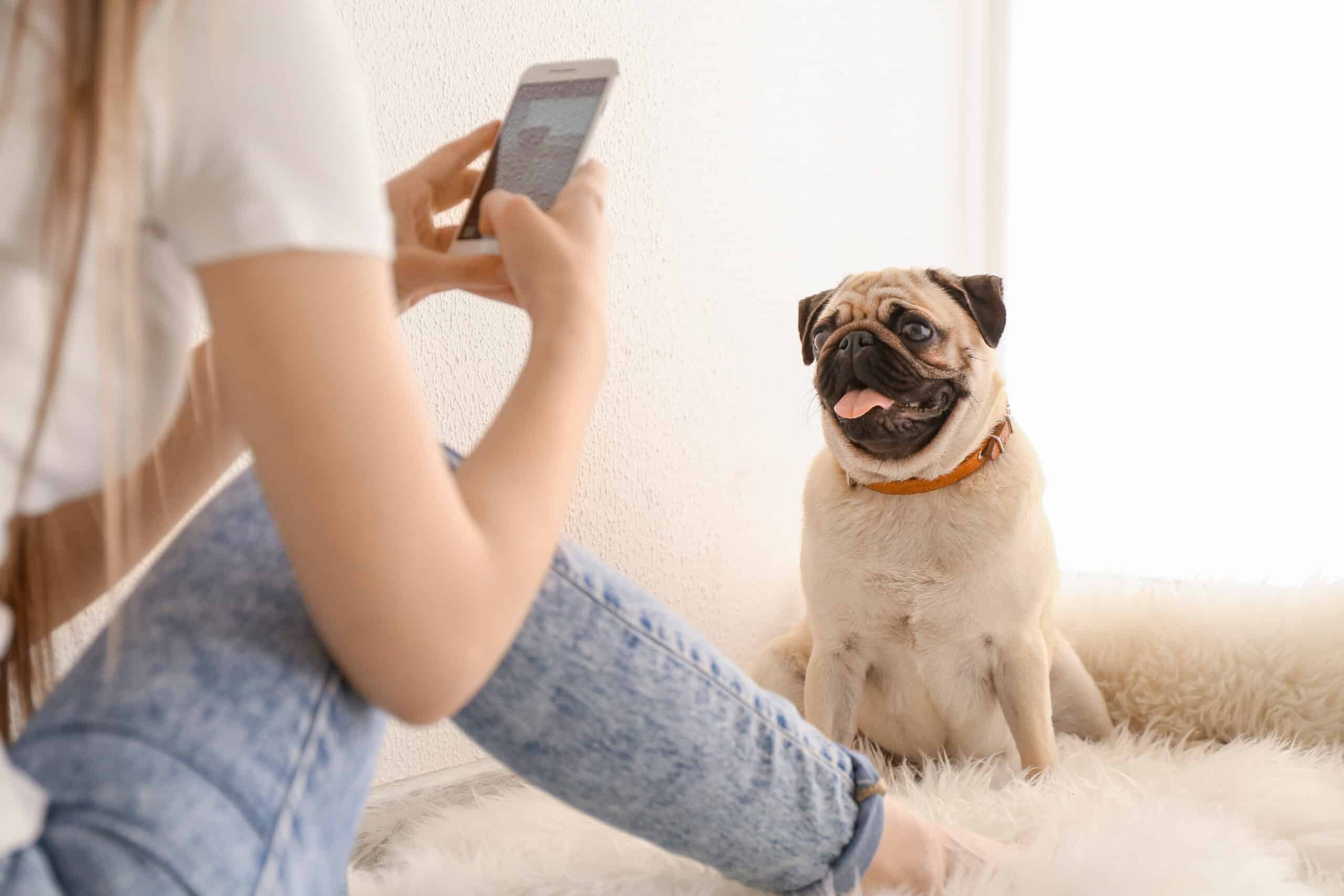Are there any good dogs for apartments? Many people love dogs but hesitate to get one because they live in an apartment.
However, living in a small space doesn’t mean you can’t have a canine companion.
In fact, there are many dog breeds that are well-suited to apartment living.
When choosing a dog for an apartment, it’s important to consider their energy level, size, and temperament.
Some breeds are more active and require lots of exercise, while others are content to lounge around the house.
Additionally, smaller dogs are often a better choice for apartment dwellers, as they take up less space and are easier to manage in a smaller living environment.
If you’re considering getting a dog for your apartment, it’s important to do your research and find a breed that will be a good fit for your lifestyle.
With the right dog and a little bit of training, apartment living can be a great option for both you and your new best canine friend.
Table of Contents
Understanding Apartment Living with Dogs
Living in an apartment with a dog can be a rewarding experience for both the pet and the owner.
However, it is important to understand that apartment living with dogs comes with unique challenges that must be addressed to ensure a happy and healthy environment for all.
One of the main concerns when living in an apartment with a dog is the potential impact on neighbors.
Barking, whining, and other loud noises can be disruptive, and it is important to train your dog to be quiet and well-behaved.
It is also important to be considerate of your neighbors when taking your dog out for walks or potty breaks.
Always clean up after your dog and avoid areas where other residents might be affected by your pet’s presence.
Another consideration when living in an apartment with a dog is the size of your living space.
While smaller dogs are often better suited for apartment living, larger breeds can also adapt well if given enough exercise and mental stimulation.
It is important to provide your dog with plenty of opportunities to play and explore, both inside and outside of your home.
Stairs and elevators can also be a challenge when living in an apartment with a dog.
If your dog is not comfortable with stairs or elevators, it may take some time and patience to help them adjust.
It is important to be patient and gentle when introducing your dog to new environments, and to give them plenty of positive reinforcement when they succeed.
Finally, living in an apartment with a dog can be a great way to meet new people.
Many apartment complexes have dog parks or other areas where residents can socialize with their pets.
This can be a great way to make new friends and build a sense of community within your building.
Choosing the Right Breed for Apartment Living
Choosing the right breed for apartment living is crucial to ensure that both you and your pet are happy and comfortable.
Here are some factors to consider when selecting a dog breed for apartment living.
Small Dog Breeds
Small dog breeds are generally more suitable for apartment living as they require less space and exercise.
Some popular small dog breeds that are well-suited for apartment living include:
Cavalier King Charles Spaniel

Shih Tzu

Bichon Frise

Chihuahua

Pug

Boston Terrier
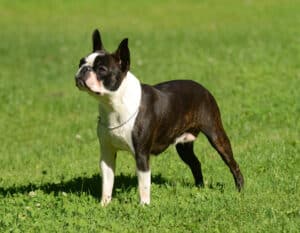
Chinese Crested

Maltese
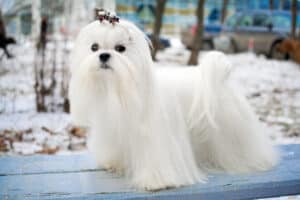
Poodle
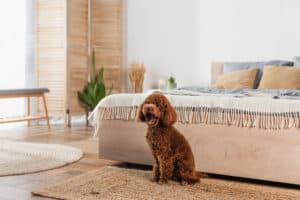
Havanese

All of these lap dogs are known for their affectionate nature and adaptability to small spaces.
Large Dog Breeds
While large dog breeds may not be the first choice for apartment living, some breeds can adapt well to smaller spaces.
Greyhounds and Great Danes are surprisingly good apartment dogs as they are known for their calm and laid-back nature.
Greyhound

Italian Greyhound

Great Dane
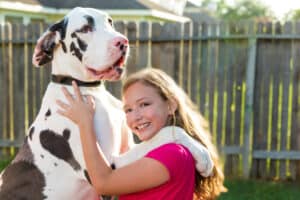
French Bulldogs, Basenjis, and Basset Hounds are also suitable for apartment living.
French Bulldog

Basenji
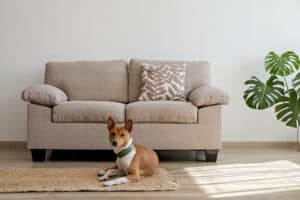
Basset Hound

Low Energy Dog Breeds
Low energy dog breeds are ideal for apartment living as they require minimal exercise and are content with lounging around the house.
Cavalier King Charles Spaniels, Basset Hounds, and Italian Greyhounds are some examples of low energy dog breeds that are suitable for apartment living.
High Energy Dog Breeds
High energy dog breeds require a lot of exercise and stimulation.
However, some high energy dog breeds can adapt to apartment living with regular exercise and mental stimulation.
Poodles, Basenjis, and Cardigan Welsh Corgis (depending on the individual dog) are some examples of high energy dog breeds that can adapt to apartment living.
When choosing a dog breed for apartment living, it’s important to consider the breed’s size, energy level, and exercise needs.
Small dog breeds, low energy dog breeds, and some large dog breeds can adapt well to apartment living.
However, it’s important to remember that every dog is unique, and their individual temperament and personality should also be taken into consideration when choosing a breed for apartment living.
Training Your Dog for Apartment Living
Living in an apartment with a dog requires some training to ensure that both you and your beloved pet are comfortable.
Here are some tips for training your dog for apartment living:
Socializing Your Dog
Socializing your dog is important to help them adjust to apartment living. Take your dog for walks and introduce them to other dogs and people.
This will help your dog become more comfortable around strangers and reduce the likelihood of barking or aggressive behavior.
Training Your Dog to Stay Quiet
One of the biggest concerns of apartment living is noise. If your dog barks excessively, it can disturb your neighbors. To prevent this, train your dog to stay quiet.
Use positive reinforcement to reward your dog when they remain calm and quiet.
Regular Exercise
Exercise and fresh air are important for dogs, especially for those living in apartments.
Take your dog for daily walks (twice a day if possible), and consider a brisk walk or jog to help them burn off excess energy.
This will help prevent destructive and/or noisy behavior in the apartment.
House Training
House training is crucial for apartment living. Make sure your dog knows where to go when they need to relieve themselves.
Take your dog out frequently and reward them when they go in the right place. And of course be respectful of your neighbors by removing any waste products.
Basic Commands
Teaching your dog basic commands such as sit, stay, and come can help prevent unwanted behavior.
These commands can also help keep your dog safe in an apartment setting.
For example, if your dog tries to run out the door, a quick “stay” command can prevent them from escaping.
Managing Noise Levels in Apartments
Living in an apartment can be challenging when it comes to managing noise levels, especially if you have a dog.
It’s important to choose a breed that is known for being quiet and well-behaved to avoid disturbing your neighbors.
Here are some tips for managing noise levels in apartments with dogs:
Choose a Quiet Breed
When looking for a dog to adopt or buy, consider breeds that are known for being quiet.
According to RentCafe, French Bulldogs, Bichon Frise, and Cavalier King Charles Spaniels are all great options for apartment living because they are generally quiet and well-behaved.
Basenjis are also a great option because they don’t bark, but they do make other noises like yodels and growls.
Train Your Dog
Again, training your dog is essential for managing noise levels in apartments. Teach your dog basic commands like “quiet” or “no bark” to discourage excessive barking.
Positive reinforcement techniques like treats and praise can be effective in training your dog to stay quiet.
Provide Plenty of Exercise and Stimulation
Dogs that are bored or under-stimulated are more likely to bark incessantly. Make sure your dog gets plenty of exercise and mental stimulation to keep them happy and quiet.
Daily walks, playtime, and puzzle toys can all help keep your dog entertained and calm.
Lounge Time
While regular exercise is important, it’s also essential to provide your dog with a comfortable space to lounge and relax.
Make sure your dog has a cozy bed or crate to retreat to, and provide plenty of toys and chews to keep them entertained.
Dogs that are left alone for long periods of time may become anxious or bored, so it’s important to provide them with plenty of mental stimulation.
Be Considerate of Your Neighbors
Even with a quiet breed and proper training, your dog may still bark occasionally. Be considerate of your neighbors by keeping your dog’s barking under control.
If your dog does bark excessively, try to address the underlying cause, such as boredom or anxiety.
Frequently Asked Questions – Good Dogs for Apartments
What are some small dog breeds that are good for apartments?
Small dog breeds that are good for apartments include the Chinese Crested, Maltese, French Bulldog, and Pug.
These breeds are known for their adaptability and ability to thrive in small spaces.
What are the best big dogs for apartments with stairs?
Big dogs that can handle stairs in apartments include the Greyhound, Bulldog, and Basset Hound.
These breeds are not only well-suited for apartment living but also are able to navigate stairs with ease.
Are Corgis a good choice for apartment living?
Corgis are not the best choice for apartment living. They are known for their high energy levels and need for space to run and play.
While they are small in size, they require a lot of exercise and may become destructive if cooped up in a small apartment.
What are some smart apartment dogs?
Smart apartment dogs include the Toy Poodle, Shih Tzu, and Bichon Frise.
These breeds are not only intelligent but also well-suited for apartment living due to their small size and low exercise requirements.
What is the best breed of indoor dog for apartment living?
The best breed of indoor dog for apartment living is one that is small in size, low energy, and adaptable.
Some good options include the Chihuahua, Pomeranian, and Boston Terrier.
What dogs are difficult to rent with in an apartment?
Dogs that are difficult to rent with in an apartment include breeds that are known for their high energy levels, excessive barking, and destructive tendencies.
Some examples include the Siberian Husky, Dalmatian, and Jack Russell Terrier.

